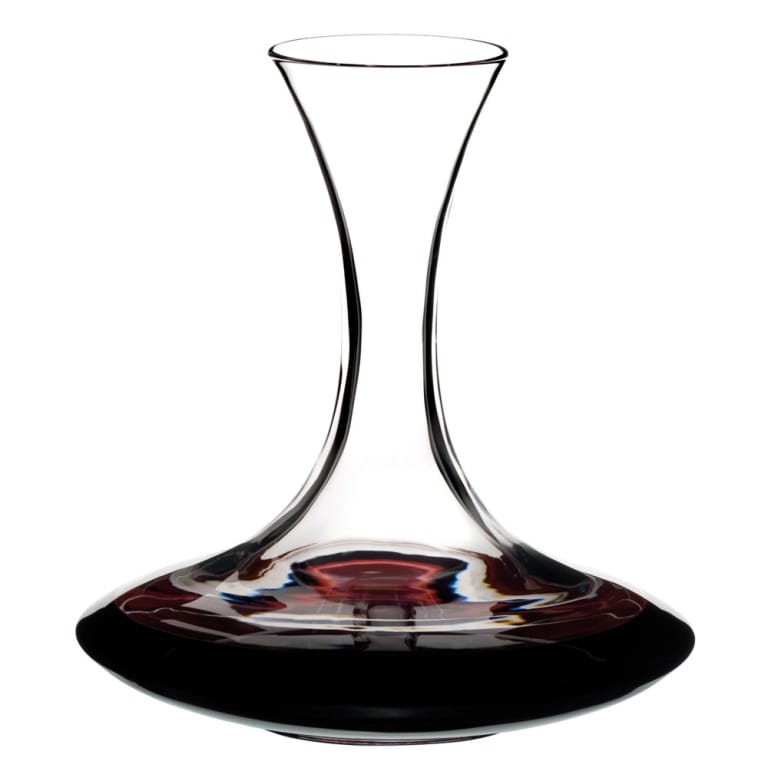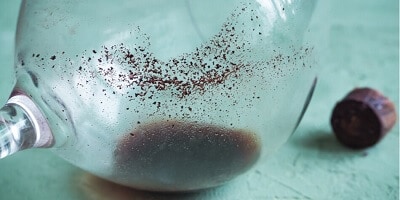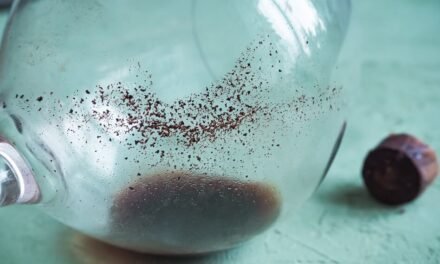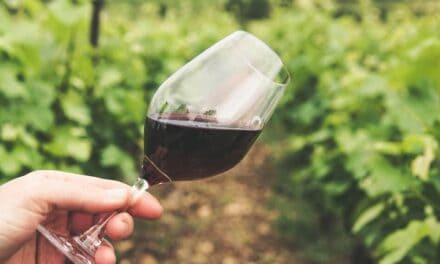For many wine lovers, serving wine is a ritual. And decanting is an important part of this ritual. You might have witnessed how wine makes its way from the bottle into a decanter and finally to the glasses. But have you ever experienced that the host pours it into the decanter and then back into the bottle? This is called double decanting.
Double decanting is the process of pouring wine into a decanter and back into the original bottle. Its purpose is to remove sediments and help the wine release its most delicate aromas. It consists of three steps:
- First, the wine is poured into a decanter.
- Next, the empty bottle undergoes a quick cleaning process.
- Finally, the wine is poured back into the now-clean bottle.
As the name indicates, double decanting is an expansion of decanting (or single decanting, if you will). In case you have not heard of decanting before, the following paragraphs summarize its purpose.
WHAT IS DECANTING?
Decanting is an essential process to aerate and filter the wine.
The term decanting comes from chemistry. It describes pouring a liquid from one vessel into another while leaving solid parts behind. In wine, these solid parts are remains of grape seeds, skins, or seeds. They are called sediments.
Sediments are not harmful when you drink them. But they might give you an unpleasant feeling on the tongue and palate. Thus, it makes perfect sense to remove them from the wine before enjoying the first sip. Decanting is a technique to do so. While pouring the wine into a decanter and leaving solids in the bottle, you filter it.
Besides, decanting is a way to get wine in contact with the air. Air, or more precisely oxygen, starts chemical processes, and these processes cause the wine to “open up” and release all of its delicate aromas. Exposure to air also can soften wines with aggressive tannins and make unpleasant odors disappear. Overall, this aeration improves the flavor and creates a more enjoyable drinking experience.

Riedel Ultra Decanter (Standard)
$199.97
from: Wine.com
WHY SHOULD YOU DOUBLE DECANT A WINE?
The major reasons for double decanting are removing sediments from the wine and aerating it quickly. But there are more reasonable causes to do so:
- To get out sediments. Some wines have a large amount of sediment. By double decanting them, you get two chances to filter and eliminate unwanted solid parts.
- To aerate a wine quickly. Proper aeration needs some time. Depending on the type of wine, it takes between a couple of minutes and multiple hours (see the list below for details). If you are in a hurry, double decanting can fasten this process. When pouring wine into a decanter and back into the bottle, you expose it to a double serving of oxygen. As a result, it will open up and release its aromas faster.
- To serve the wine from the bottle. Double decanting allows you to present the aerated wine in the original bottle instead of a decanter. Especially wine lovers will appreciate having a look at the bottle label before taking a sip.
- To transport aerated wine safely. If you want to bring a good bottle of wine to a friend’s house or a picnic in the park, you are facing a problem: You cannot transport it in a decanter, but you might lack the time or tools to aerate it on the spot. Double decanting solves that problem: You can aerate it properly at home, fill it back into the bottle, and then carry it safely to the party.
- To remove pieces of cork. Even the most experienced wine lover accidentally breaks a cork sometimes when opening a bottle. When that happens, pieces of cork might end up floating in the wine. Similar to sediment, double decanting can help remove these pieces. This makes only sense if you break the cork while opening it. If it was damaged earlier and the cork pieces had too much time floating in the wine, they might have ruined it anyway.

Sediments in a Glass of Red Wine
WHICH WINES SHOULD YOU DOUBLE DECANT?
Wines that benefit from double decanting are natural wines, young red wines with high tannin levels, and bold reds and whites that went through an extensive aging period.
- Natural wines do not undergo a filtering process. Thus, they typically have a significant amount of sediment that you should remove before serving.
- Young red wines with high tannin levels can be very aggressive and overpower the drinker. The extra oxygen from double decanting helps soften the tannins and makes these wines more enjoyable. That is, in particular, true for young red Bordeaux wines.
- Despite their age, the following wines tend to benefit from double decanting: Barolo, Barbaresco, Rioja, Chianti Classico, Super Tuscans, and white Burgundy wines. Cabernet Sauvignon and Shiraz from Australia or other New World countries often belong to this category, too.
For other wines, double decanting will not be harmful; it will not provide any benefits either, though.
HOW TO DO DOUBLE DECANTING?
Decanting is not a complicated process, and neither is double decanting. To do it properly, you need a decanter, a funnel, and clean water. Distilled water is best but not a necessity. Just make sure it is not carbonated and has a neutral taste. Besides, it is helpful to decant in a well-lit room to make it easier to identify sediments.
We’ve already outlined the three major steps above, but let us discuss them in more detail:
- First, open the bottle and pour a tiny bit of wine into the decanter. Swipe it, so the wine gets in touch with the whole inner surface of the vessel. That helps to season the decanter and wash out the remaining water or odors from cleaning agents. Pour away the wine afterward.
- Now, fill all of the wine from the bottle into the decanter. Do it slowly and at a steady pace.
- Stop as soon as you see sediment in the bottleneck or when you notice the remaining wine in the bottle turns cloudy. At this point, proper illumination is crucial.
- Let the wine sit in the decanter to allow it to open up. You can see the proper time in the list below.
- In the meanwhile, pour the remaining wine from the bottle, including the sediments, away. Use the funnel to fill water into the bottle. Swirl and rinse it properly to get the last sediments out, and pour the water away.
- Repeat the process until the water you pour out of the bottle is completely clean.
- Dry the funnel.
- Now you need to get the remaining water out of the bottle so it cannot dilute the wine when you fill it back in. To do so, pour a bit of wine from the decanter back into the bottle. Use the funnel not to waste a drop. Swirl it properly (like you did in the first step) and pour it away.
- Finally, pour all the wine from the decanter back into the bottle. Again, use the funnel, pour slowly and at a steady pace. In case you see sediments in the decanter neck, stop immediately.
The following list gives you the approximate decanting time that is optimal when single-decanting wine:
Decanting Time by Wine Type
FINAL WORDS
It might sound strange to pour wine into a decanter and back into the bottle. But after reading this article, you know that, in some cases, it actually makes sense. So next time, when you want to speed-decant, remove sediment, or bring a perfectly-aerated bottle to your friend’s place, you’ll know exactly what to do.






